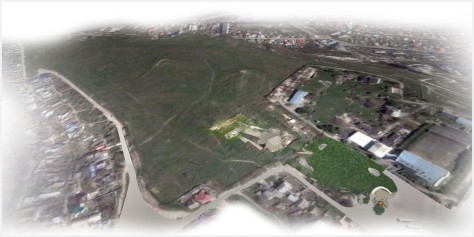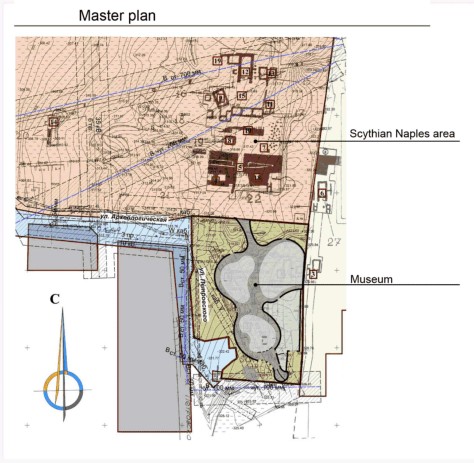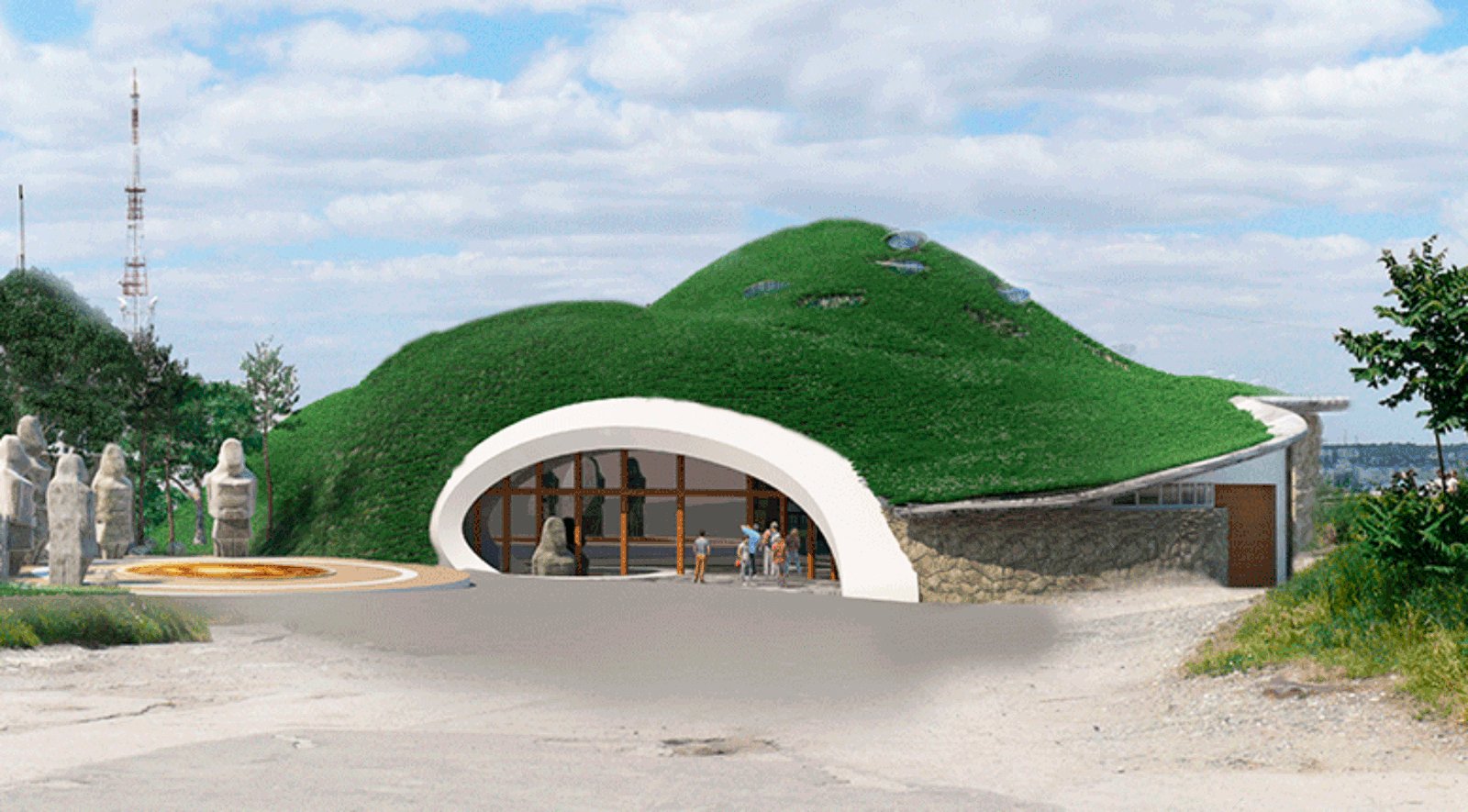
The ancient city of Scythian Naples itself is worldwide known as the capital Crimean fortress and the collections of its excavations are exhibited in the leading museums of Moscow and St. Petersburg.
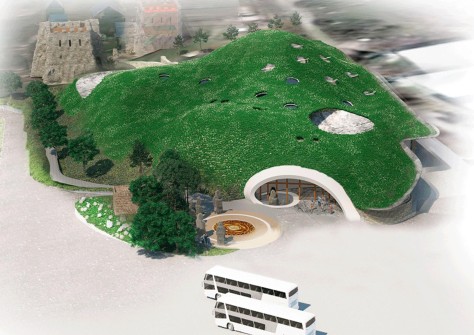
According to the statistics of the Resorts and Tourism Ministry of the Republic of Crimea the interest of tourists and guests of Crimea to this unique project is very high and increasing each year.

The site of the ancient city of Scythian Neapolis is currently represented by the museumificated section of the fortress wall with the central gates and the tower bases, the remains of the Southern Palace, the mausoleums of kings Skilur and Argot, the ritual bath with mysterious signs and the complex of grain pits dated back to the II – III centuries BC.

The observation platform which offers a panoramic view of the entire ancient city and modern Simferopol is arranged on the roof of the tower. The image of Scythian burial mound, a sacred burial structure which hides under the ground the world of mystery, history and life of the Scythian epoch, was used as an idea of the museum construction.
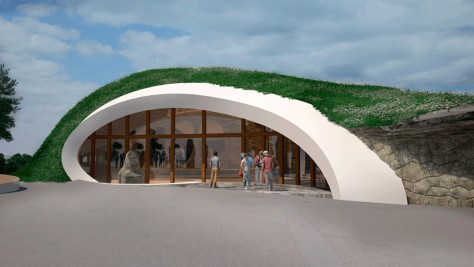
The architectural-planning feature of the building is its multi-functional interior space, combining museum rooms with exhibits which were museumificated at the construction site of the museum complex.

The museum building consists of three main exhibition halls with dioramas. The building is also provided with the administrative section containing booking offices, a restoration workshop, a library and a fund storage. In the main halls it is planned to exhibit some archaeological objects on their historic places.
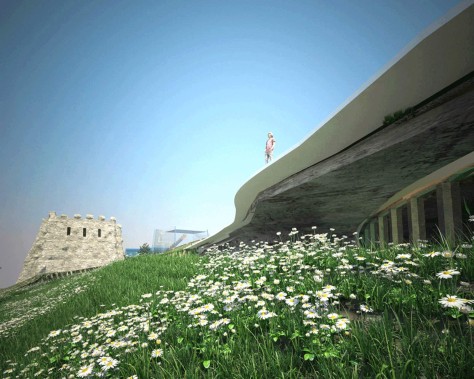
These objects, studied and backfilled at the moment, are the dugouts of the first century BC, the sanctuary of “three menhirs” of the second century BC and the megarons. The exposition in the largest hall can be supplemented by some projection screens.
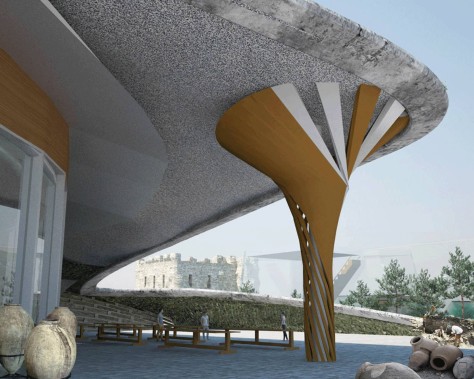
In the transition halls it is supposed to display holographic images of the collections of the Scythian gold and household items that are in the funds of the world museums. There are no partition walls or steps between the halls. The entire interior opens gradually for the museum visitors from the entry zone.

The visitors can move from one hall to another along the ramps from different levels, creating their own parallels and connections of historical events. In the central hall an observation deck is planned to be constructed where the whole exposition will become completely visible, displaying the general historical picture, enhanced by the effect of three-dimensional holograms and projectors.

All premises are covered by the unified parametric concrete shell over the metal frame. Outside the shell is coated with the layer of lawn grass and decorative inserts of annual and perennial groundcover plants. Inside the shell looks like the natural cave vaults, and outside of it you can walk over the landscaped hill.

The entrance portal is made of white polished concrete with the fragments of typical Scythian patterns. There is a square in front of the entrance, the perimeter of which is surrounded by the Scythian stone idols. Source by Kiramet.

Location: Simferopol, Ukraine
Architect: Kiramet
Year: 2015
Images: Courtesy of Kiramet
